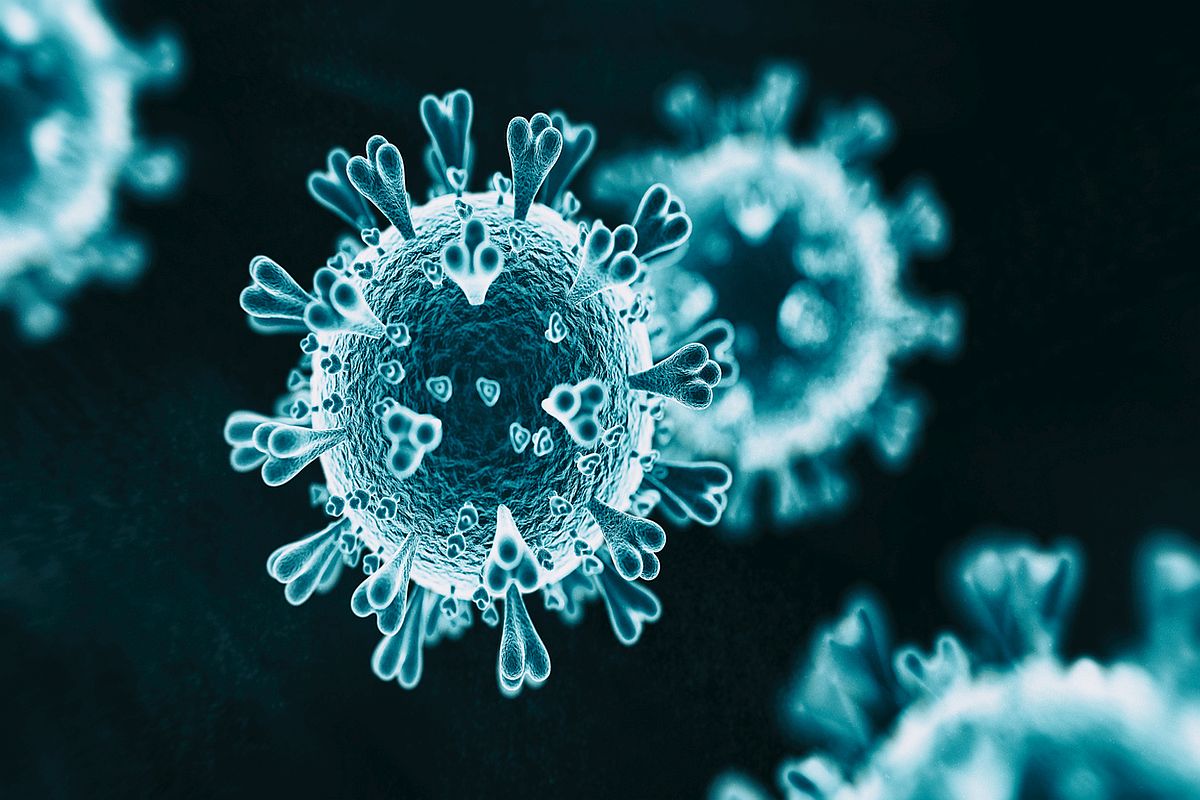Indonesia speeds up new TB vaccine development to combat rising cases
Indonesia is developing a new Tuberculosis (TB) vaccine to strengthen the fight against TB, which has claimed an average of 150,000 lives annually.
The new study by researchers at Washington University School of Medicine showed that the Covid virus has the ability to enter cells via an alternative pathway

representational image
A single mutation gives SARS-CoV-2, the virus that causes Covid-19, the ability to enter cells through another route, opening up the possibility of evading Covid antibodies or vaccines, finds a study.
Early in the Covid-19 pandemic, scientists identified how SARS-CoV-2 gets inside cells to cause infection. All current Covid-19 vaccines and antibody-based therapeutics were thus designed to disrupt this route into cells, which requires a receptor called ACE2.
But, the new study led by researchers at Washington University School of Medicine in St Louis showed that Covid virus has the ability to enter cells via an alternative pathway — one that does not require ACE2.
Advertisement
While the researchers did not find evidence of SARS-CoV-2 evasion to vaccines, the discovery does show that the virus can change in unexpected ways and find new ways to cause infection. The study is published in the journal Cell Reports.
“This mutation occurred at one of the spots that change a lot as the virus circulates in the human population,” said Sebla Kutluay, Assistant Professor of Molecular Microbiology at the varsity.
“Most of the time, alternative receptors and attachment factors simply enhance ACE2-dependent entry. But in this case, we have discovered an alternative way to infect a key cell type — a human lung cell — and that the virus acquired this ability via a mutation that we know arises in the population. This is something we definitely need to know more about,” Kutluay added.
For the study, the team screened a panel of 10 lung and head-and-neck cell lines to find relevant cells capable of growing SARS-CoV-2.
“The only one that was able to be infected was the one I had included as a negative control. It was a human lung cancer cell line with no detectable ACE2. So that was a crazy surprise,” said M. Ben Major, Professor of Cell Biology and Physiology at the varsity.
The team discovered that the virus they were using for experiments had picked up a mutation. The virus had originally been obtained from a person in Washington state with Covid-19, but as it was grown over time in the laboratory, it had acquired a mutation that led to a change of a single amino acid at position 484 in the virus’s spike protein.
“This position is evolving over time within the human population and in the lab,” Major said. “Given our data and those of others, it is possible that the virus is under selective pressure to get into cells without using ACE2. In so many ways, it is scary to think of the world’s population fighting a virus that is diversifying the mechanisms by which it can infect cells.”
Advertisement